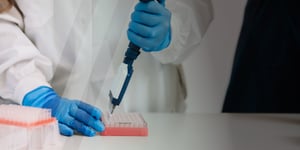On November 7, 2019, the FDA granted approval of Giskit B.V.’s
ExEm® Foam (air polymer-type A) intrauterine foam, “an ultrasound contrast agent indicated for sonohysterosalpingography to assess fallopian tube patency in women with known or suspected infertility.” Key findings from the FDA’s
Multi-Discipline Review,
Other Review(s), and
package insert: Efficacy was demonstrated in four adequate and well-controlled studies (
van Schoubroeck et al. 2013;
Ludwin et al. 2017a;
Piccioni et al. 2017;
Riganelli et al. 2018), which were not pooled together for analysis. Two studies (
Dreyer et al. 2015;
Rosic et al. 2018) provided supportive evidence. The Dreyer and Rosic studies were considered supportive because the studies’ target populations were women who underwent tubal occlusion for sterilization or treatment of hydrosalpinx. However, there was poor generalizability of those findings to women with known infertility issues. “The
primary sources of clinical evidence for safety
came from
published literature reporting ExEm Foam kit use
and the pharmacovigilance database from the
foreign postmarketing experience.”
Purpose ExEm Foam is marketed in several countries, including in the European Union since 2009. For a complete review of safety, the applicant reviewed its postmarket surveillance and reporting system—it disclosed voluntary reports in its submission. The FDA’s safety database included:
- published studies on ExEm Foam use;
- postmarketing experience;
- comparisons to approved contrast agents for hysterosalpingography (HSG);
- safety profile of cleared devices for hysterosalpingo-contrast sonography using saline and air; and
- safety profile of a gel used as a coupling agent.

